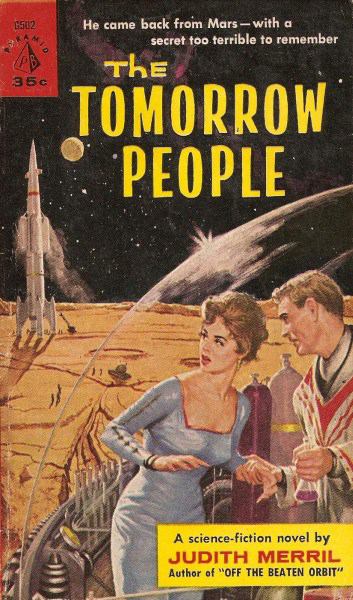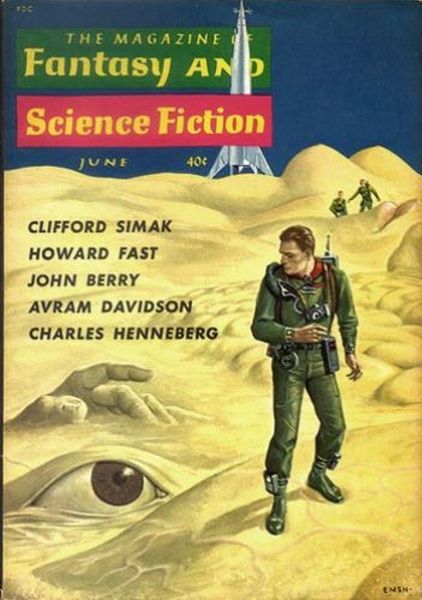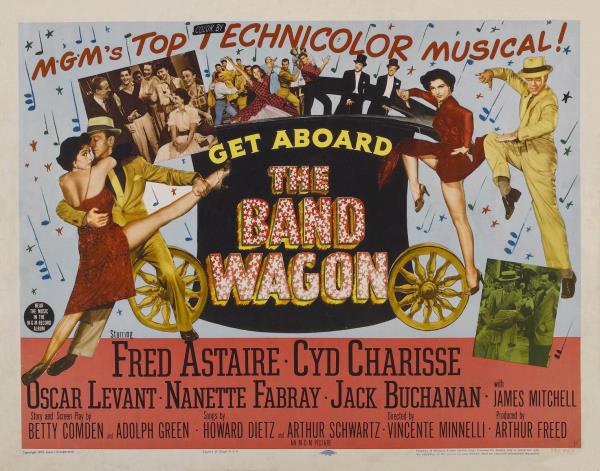
There was another mystery Atlas Agena launch from Cape Canaveral on May 24. My sources tell me it was in the same series as the mission late February that broke up before it could reach orbit. It appears to be some kind of infrared missile launch detection system. I even got my hands on some conceptual art, though there's no way of knowing how accurate it is. Its project name appears to be MIDAS–I'm guessing this stands for "Missile Infrared Detection Alarm System" or something like that.
I don't know if the system works or if the satellite performed properly, but I understand "MIDAS 2" did make it into orbit. With tensions between American and the U.S.S.R. at an all-time high, thanks to the whole spy plane kerfuffle and the break-down of summit peace talks, we need probes like this more than ever.

In civilian space news, a bit of a setback. Pioneer 5 switched on its big 150 watt transmitter a few weeks ago so that it could be heard from any point in its orbit around the sun, perhaps more than 100 million miles from Earth. Unfortunately, the 150 watt transmitter is now off-line due to battery deterioration, and Pioneer has gone back to using its little 5 watt transmitter. This means its voice will soon be too faint to pick up from the smaller Hawaii dish, and the Big Ear at Jodrell Bank in England will only be able to track the probe to a range of about 25 million miles. Of course, that's still quite a feat.

Speaking of Jodrell Bank, remember Dr. Frank Drake's Project Ozma, the program designed to listen for messages from the stars? Would you believe that positive results were found within the first week of operation?
It seems that no sooner did the investigating astronomers turn their antenna to the nearby star, Epsilon Eridani, they received an intense signal. They listened for a few breathless minutes and then turned the antenna away to confirm that the star was indeed the source. The signal faded as the antenna moved from the star. Excitedly, they pointed the antenna at Epsilon Eridani again and waited.
And waited. Nothing happened. Was it just a spurious signal? Had the aliens gone off the air?
Dr. Drake and his team gave Epsilon Eridani and the frequency on which they had received the signal extra attention for the next week, but to no avail. Then it came back, but not just from the star–from somewhere close by. The astronomers confirmed this by poking a little antenna out of their observatory window, not focused anywhere in particular. They picked up the signal there, too. So, it was probably just a high-flying airplane that they'd picked up. So much for easy pickings.

On a more personal note, Adolf Eichmann, the notorious Nazi right-hand man for Himmler, in charge of "solving" the Jewish Question, has been apprehended by the Israeli secret service and will stand trial. He disappeared from Germany as the Third Reich fell, and has presumably been living it up in some Latin American refuge. I look forward to justice being served.

Finally, a happy birthday to that skinny, outspoken fan and writer, Harlan Ellison. He is 26 today!































